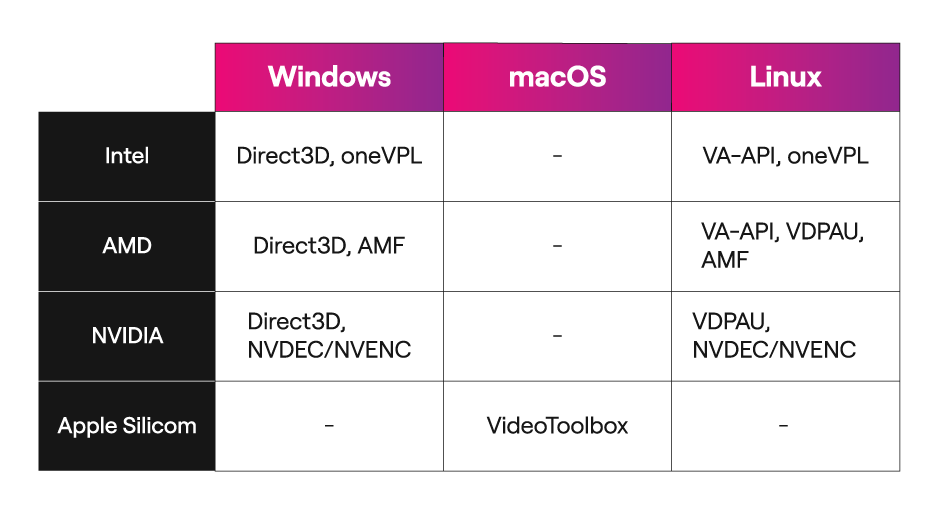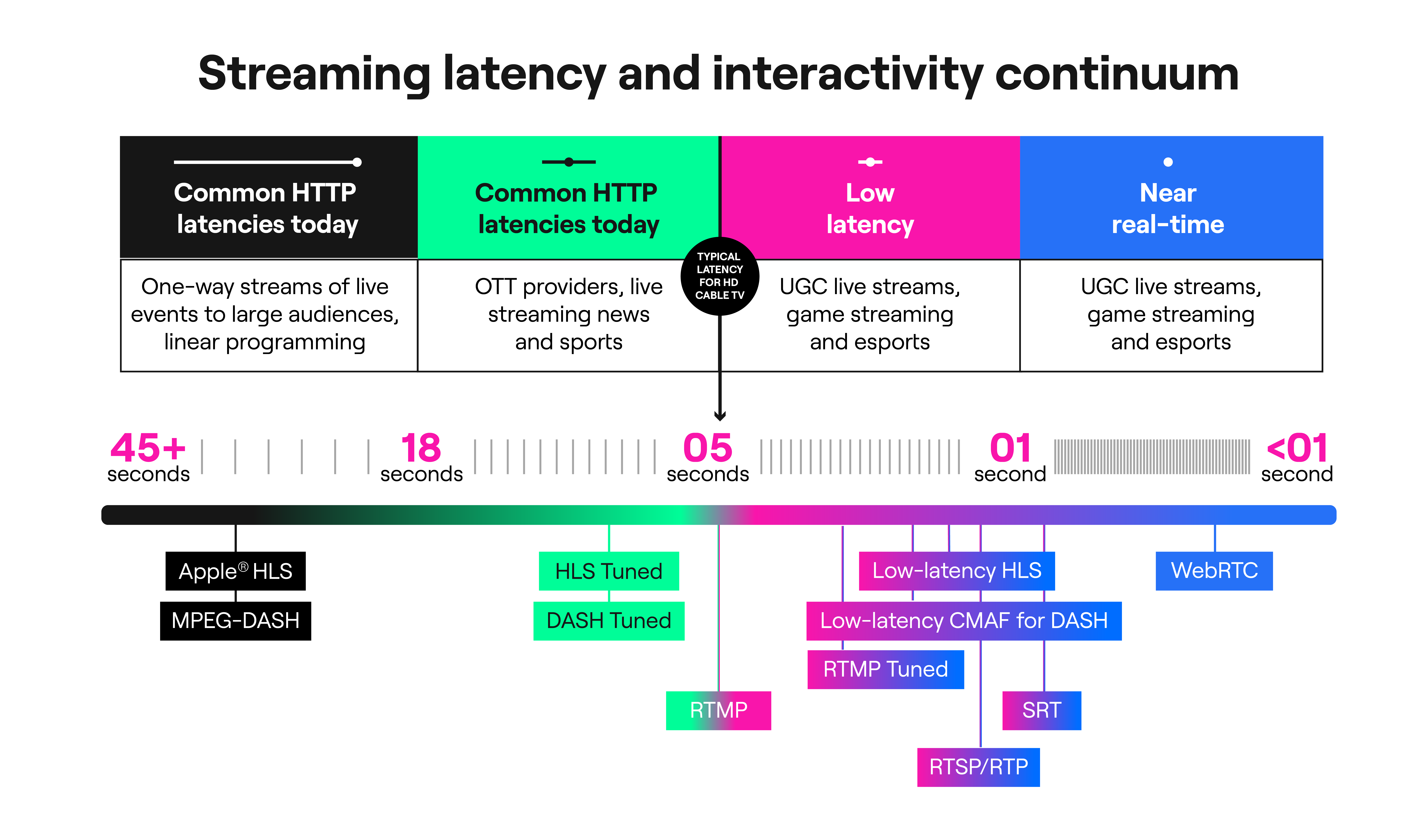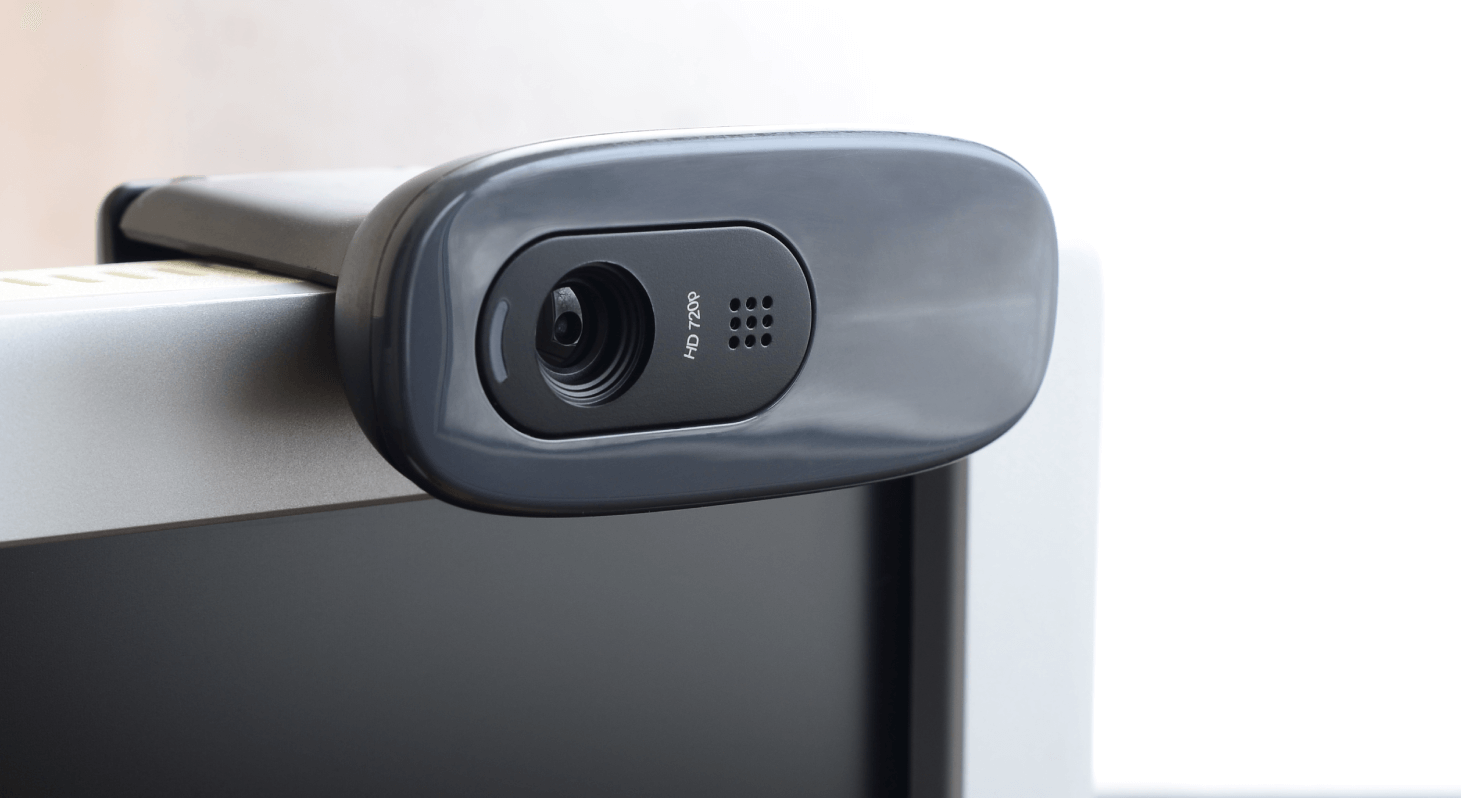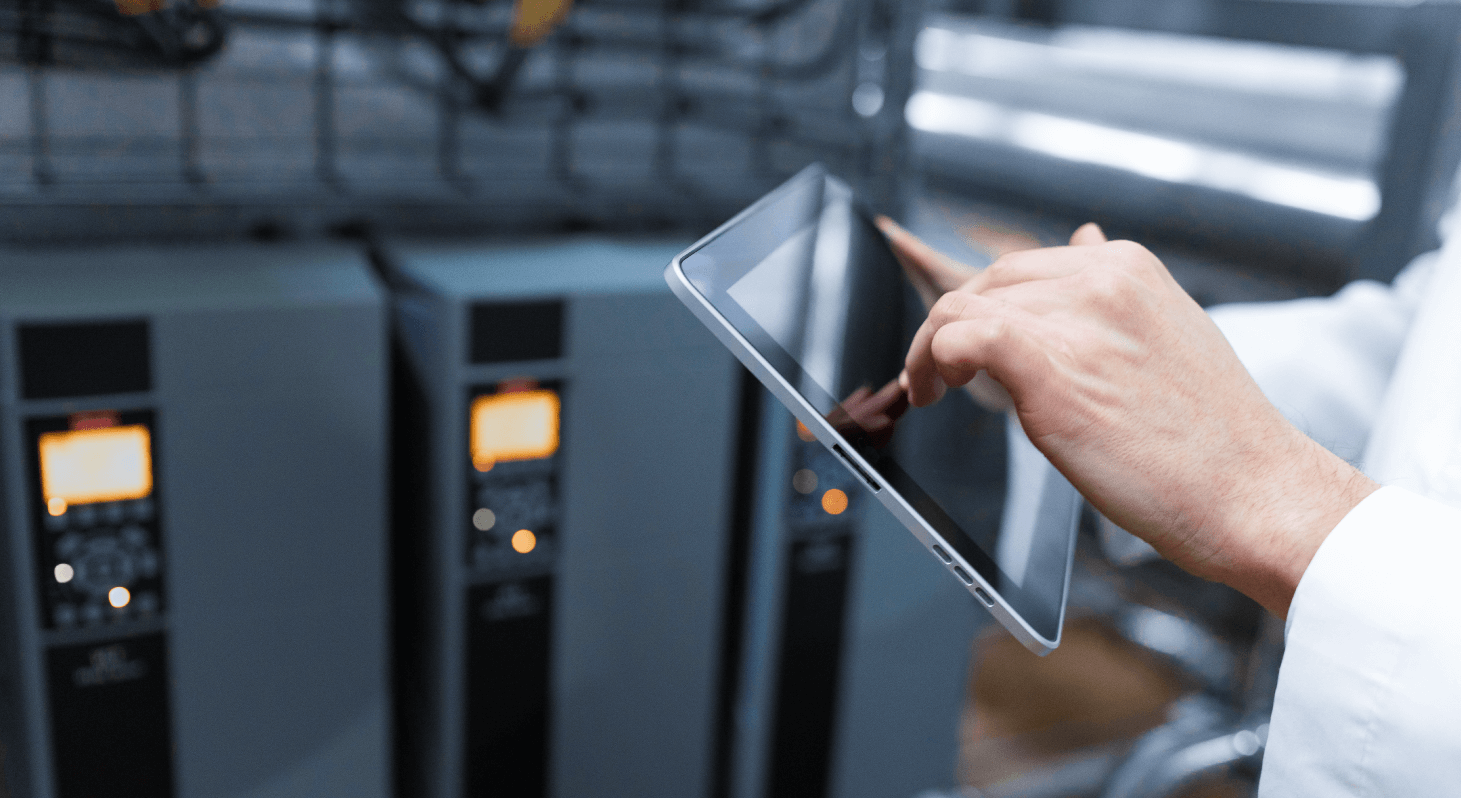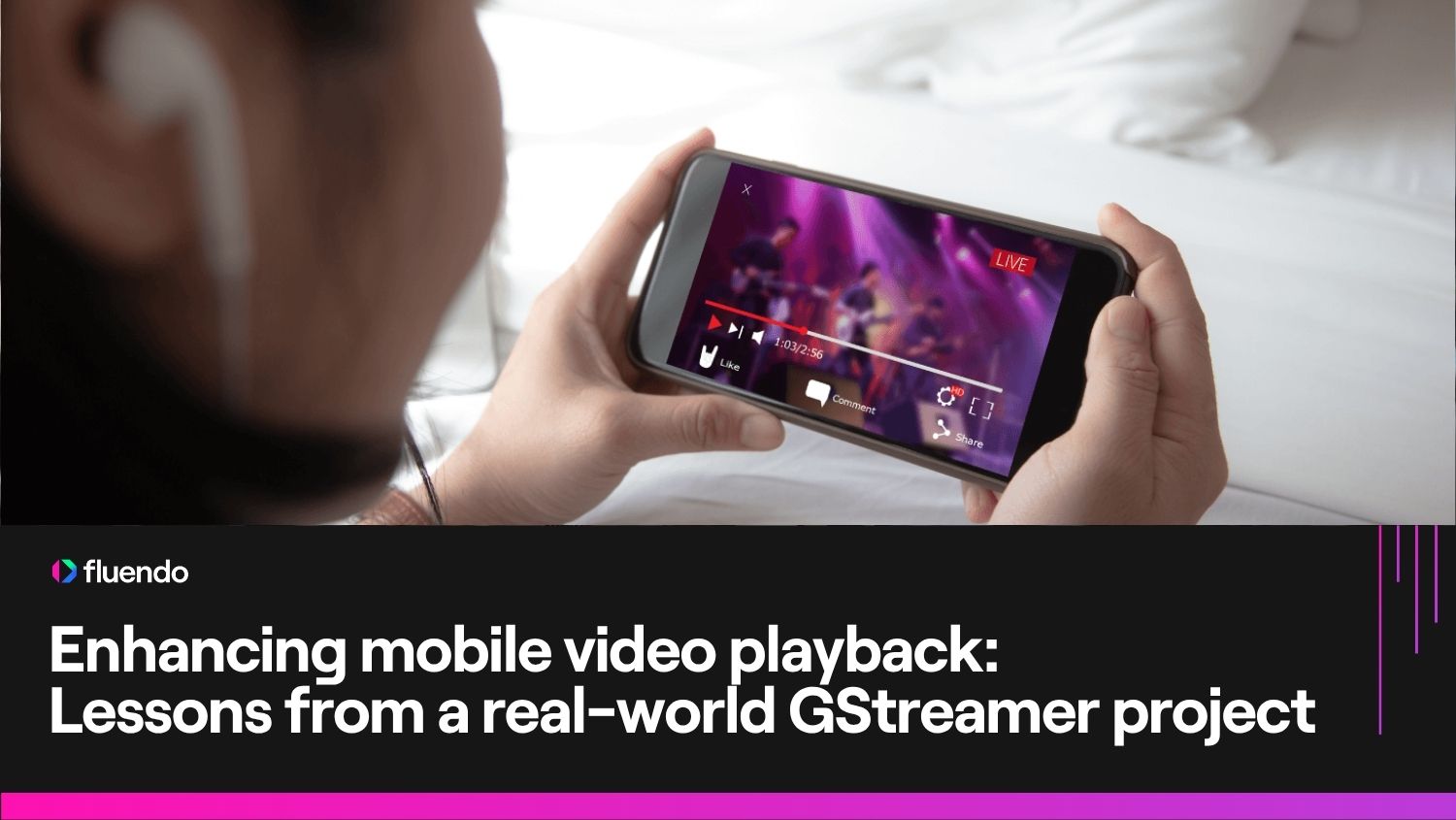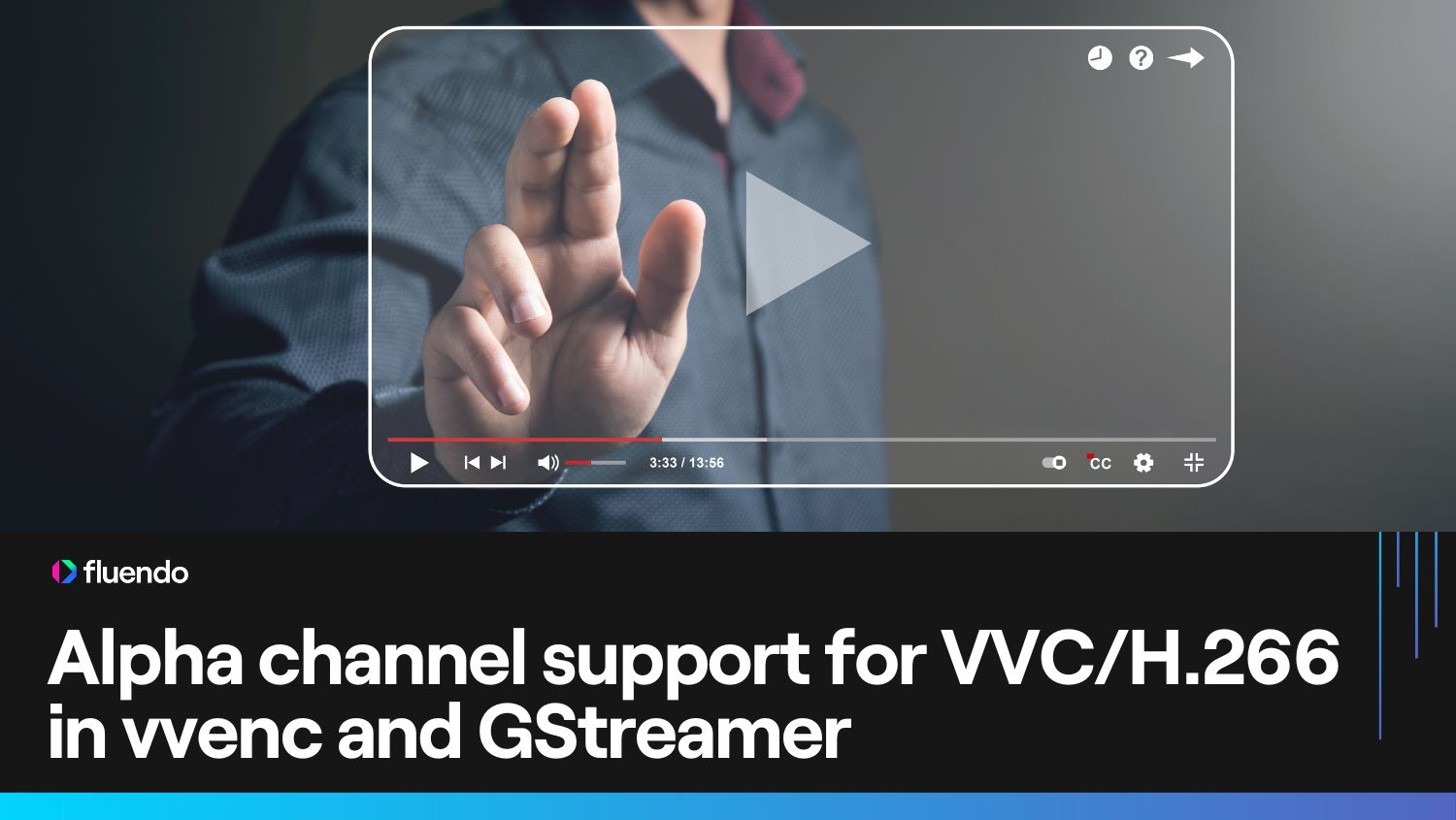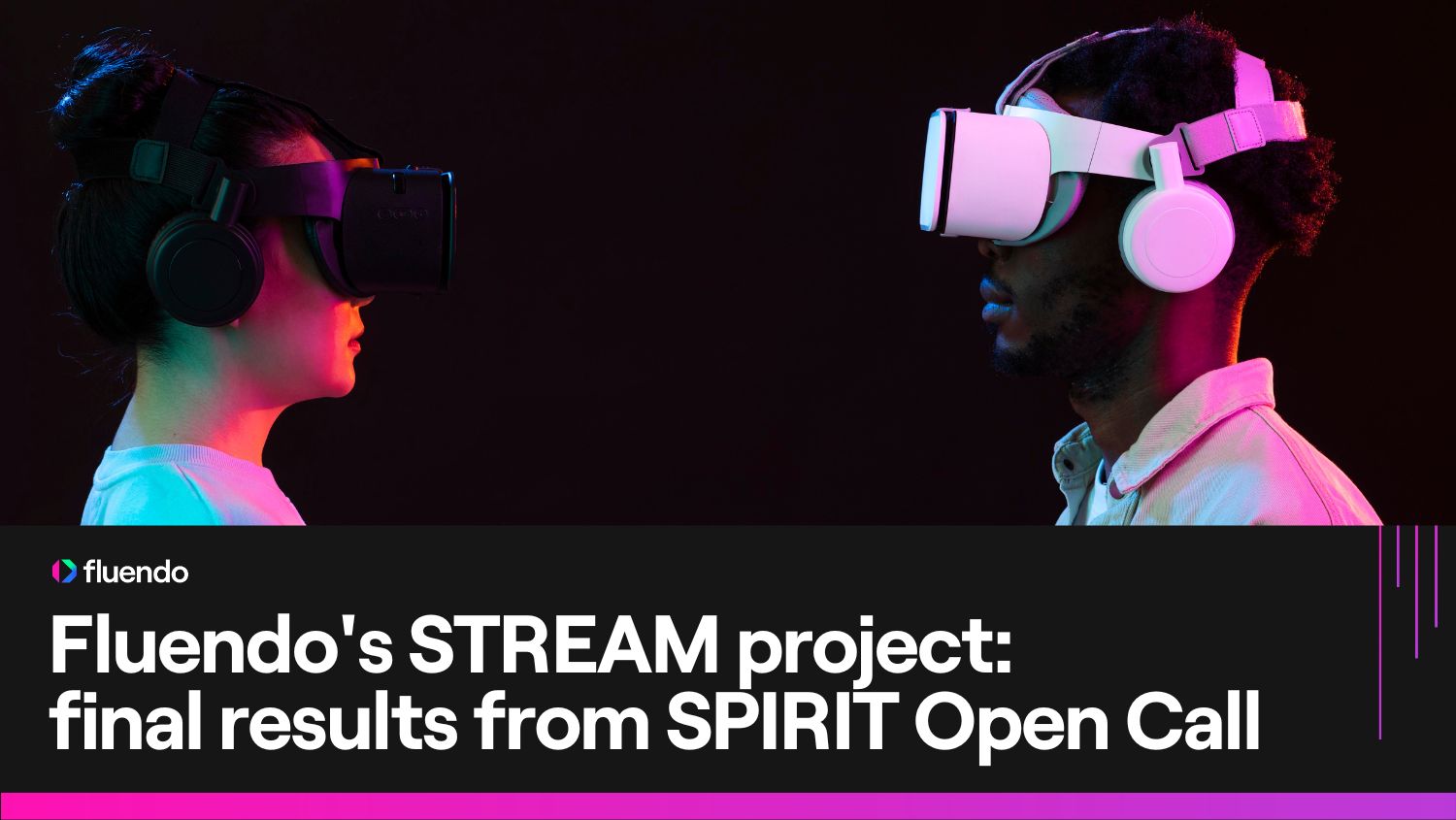
Automated testing in player multimedia backend
video-surveillance, gstreamer, codecs, outsourceThe client needed a robust video management system (VMS) application to support real-time security monitoring and playback of surveillance footage from various locations—on-site, centralized, and mobile. The system architecture consisted of a C#-based graphical user interface (GUI) and a C/C++ multimedia backend, with a clear separation between the …



